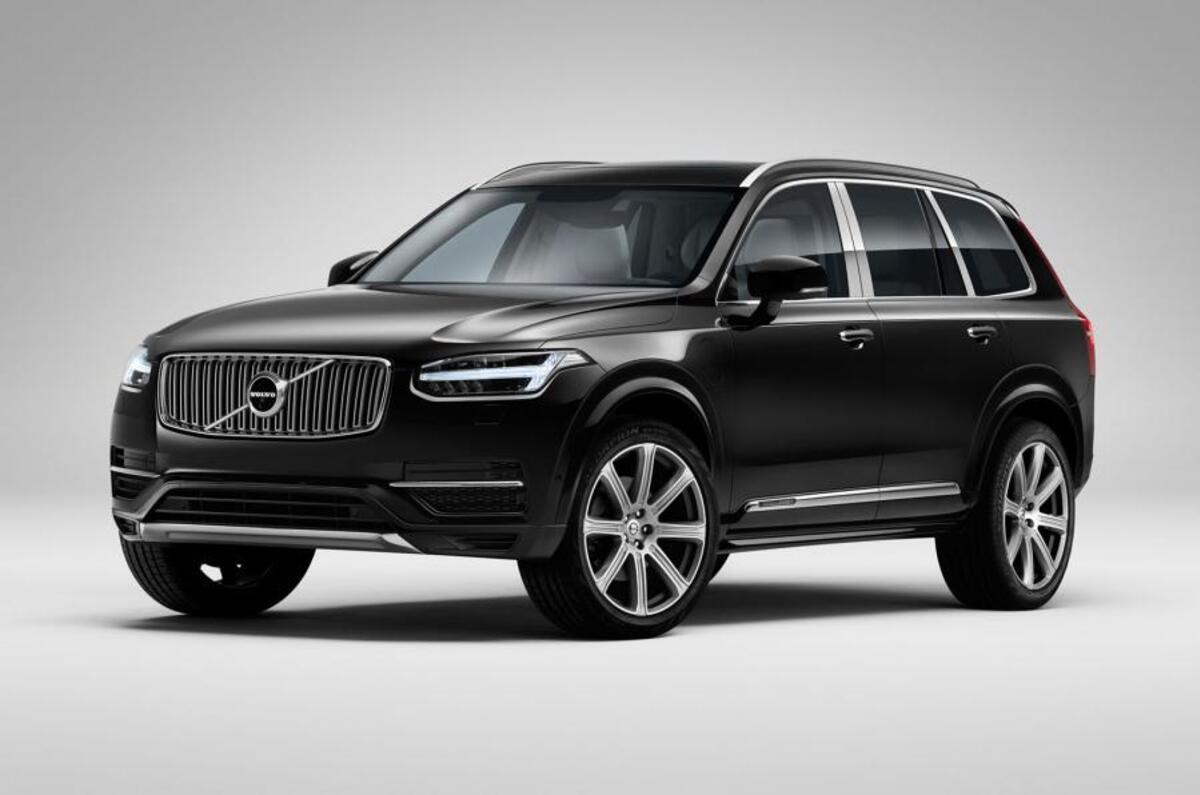Perhaps it's because the car industry is awash with brashness (currently led by Jaguar’s 'Better get a pre-nup' campaign with the Jaguar F-Type, I reckon), but there’s something deeply compelling about Volvo’s modestly rational plans to reinvent itself over the next five years that makes you want it to succeed.
The company has, of course, been through the mill. Steered by Ford, it seemed to forget what made it different. Sold by Ford, it faced an uncertain future as an independent, owned by an ambitious but unknown (here, at least) Chinese firm.
But it has emerged - following some management turmoil, it must be said - on terrific form. Volvo is resolutely confident again, with a dedication to its Swedish roots backed by a very modest swagger that the new Volvo XC90 is something a bit special, and that if this car is a king-hit, so should every other new offering based on the same SPA architecture be.
We should get a further signal of its rebirth - built around an impressive powertrain line-up, a more confident assertion of its safety message, expressive exterior design and luxurious interior design at the cutting edge of technology - when the S90 replaces the aged S80 late this year. But UK MD Nick Connor is already buoyant: “Look at the XC90. The S90 will be an even richer expression of that. You’ll be plenty surprised by what we can do.”
Globally, Volvo is well poised and typically modest. Last year it sold 460,000 cars (around one tenth of which were in the UK) and it wants to take that figure to 800,000 by 2020 - a 2% or so global share that seems entirely realistic given its entire product line-up will be refreshed by then. It’s worth noting that other, noisier executive car makers with pretences at this end of the market would kill for such figures.
China in particular offers a great opportunity. Last year the firm sold 90,000 cars there, but Volvo's local know-how, three established manufacturing plants and strength in the popular large SUV and saloon sectors should reap dividends and open opportunities, the first of which we’ll see at next week’s Shanghai motor show, with the Volvo XC90 Excellence.
If those growth ambitions seem modest, it’s because the firm wants profits over market share. Last year it returned a very small profit despite investing £6.5 billion in developing its new architecture. With new cars on stream, the big bucks should start to roll, but even then there’s also a certainty that Volvo will stick to its set path.
“It is not our strategy to fill every niche in the marketplace," says Connoer. "We can’t satisfy everyone. We just want a viable business. It’s great to have halo cars but our resources are stretched by getting the core line-up replaced. Around 2020 we can catch our breath and see what cars we can do. Our SPA architecture certainly has lots of flexibility so it is relatively easy to put top hats on the platform.”







Join the debate
Add your comment
Mazda beat them to it...
Mazda replaced its design language with a contemporary, yet not polarising style. Whilst it's interiors are getting its new MZD-Connect touch & dial controlled infotainment system (arguably safer than Volvo's touch-only system)
The only thing Mazda needs to do next is to capitalise on the performance derivative boom with SkyActiv-T motors for a 1.5T 2 MPS, 2.0T 3 MPS & 2.5T 6 MPS. Though I'd be inclined to move to the MazdaSpeed banner...
I don't think Mazda was
Tsk!
@Dark Isle